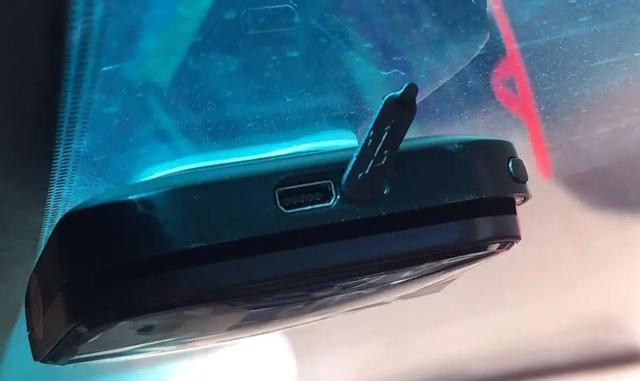2016年10月27日,国际著名学术杂志《Cell》杂志在线发表了德国海德堡大学生物化学中心Tamás Fischer研究员的一篇研究论文,研究发现了DNA修复过程中的一个重要组成部分,今天小编就来聊一聊关于dna修复机制过程?接下来我们就一起去研究一下吧!

dna修复机制过程
2016年10月27日,国际著名学术杂志《Cell》杂志在线发表了德国海德堡大学生物化学中心Tamás Fischer研究员的一篇研究论文,研究发现了DNA修复过程中的一个重要组成部分。
Tamás Fischer说,这项研究发现,由DNA和RNA组成的混合结构,对于DNA损伤后的遗传信息修复发挥着重要的作用。RNA是储存在DNA中的遗传信息的短暂副本。该研究还发现,靶定这些混合结构的RNase H酶,对于高效、准确的DNA损伤修复也至关重要。
Fischer博士说:“这一发现为开发新的药物打开了大门,这些药物可以靶定这些酶、调节它们的活动,并阻止或提高这一重要DNA修复途径的效率。”他指出,人类基因组中积累的突变,是衰老相关疾病和癌症发展的主要驱动力。
他说:“我们对这些修复途径了解的越多,就有更多的潜力来调节它们,并可能发展一些预防性方法,来减少各种突变的积累率。”
“在分子生物学中,RNase H酶已经被研究和使用了很多年,但直到现在它们的生物学功能还不完全清楚。我们的研究表明,这些酶对于DNA修复是必不可少的,这可能是它们最重要的一个功能,因为它们存在于每一个活细胞内。”
Fischer博士说,最令人惊讶的一个发现是,RNA - DNA杂交体,以前被认为只对人类基因组的完整性产生负面影响,这项研究发现,它实际上也参与了DNA的保护。
原文链接:
原文摘要:
RNA-DNA hybrids are a major internal cause of DNA damage within cells, and their degradation by RNase H enzymes is important for maintaining genomic stability. Here, we identified an unexpected role for RNA-DNA hybrids and RNase H enzymes in DNA repair. Using a site-specific DNA double-strand break (DSB) system in Schizosaccharomyces pombe, we showed that RNA-DNA hybrids form as part of the homologous-recombination (HR)-mediated DSB repair process and that RNase H enzymes are essential for their degradation and efficient completion of DNA repair. Deleting RNase H stabilizes RNA-DNA hybrids around DSB sites and strongly impairs recruitment of the ssDNA-binding RPA complex. In contrast, overexpressing RNase H1 destabilizes these hybrids, leading to excessive strand resection and RPA recruitment and to severe loss of repeat regions around DSBs. Our study challenges the existing model of HR-mediated DSB repair and reveals a surprising role for RNA-DNA hybrids in maintaining genomic stability.
,




